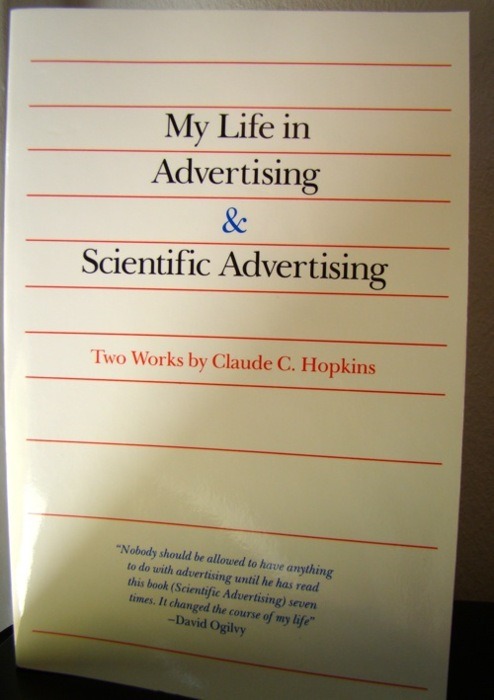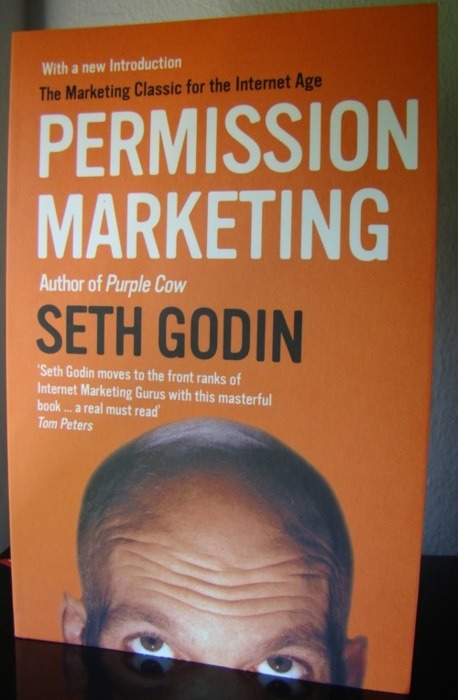Avoid “anticipointment”: bridging the gap from ad to site
- Ads and web site work together – don’t just invest a ton in one medium
- Marketeers fall easy into the ad trap because it’s easier than creating an usable, engaging web site
- People expect that the click from the ad will be of even more value than the ad
- Online Marketing Value Chain: Basically Customer Lifetime Cycle
- Click ad, engage deeper in the landing page
- Make their way through conversion opportunity
- Become loyal customer
- Most of these steps will be on the web site!
Creating a Successful Lead Nurturing Strategy, Part III: When Should I Call?
- Call within 5 minutes of the initial contact
- Call early at morning or late in the afternoon
- Call on Wednesday or Thursday – I personally tried this against Monday and Friday and it was highly effective
- Call them up to four times and send one email in the first 24h
- Test these tactics
Creating a Successful Lead Nurturing Strategy, Part IV: Your Long-Term Strategy
- The main is not to sell but to maintain a relevant conversation
- Offer relevant and personalized content – recent study showed that most content simply sucks, so watch out
- Email – automated, personalized and relevant; reports, tips, guides, best practices
- Phone – Follow up; provide deeper information, answer questions
- Direct mail – reinforce what you’ve talked about; again personalized and relevant
- This process should be repeated maybe once a month
Optimization Is Greater Than the Sum of Its Parts
- Testing & Targeting are greater than just once
- however often they are siloed
- Start with testing and segment the results
- This helps you to find better content for targeting
Building a Business Case for Optimization
- Biggest problems are processes and politics
- They hadn’t ownership over the site
- Testing generates positive ROI!
- Optimizing landing pages increases off-site ROAS (Return On Ad-Spending)
- Test to fail faster – some of your assumptions are probably wrong
- Dig into analytics, segment and provide insights
The Collaboration of Testing Ideas
- Include other people and departments in your testing
- Often people in development, IT, creative, etc. have ideas – just ask them
- Test Ideas:
- Test different landing pages: home page, product page, internal search, etc.
- Reinforce ad text/graphics on the landing page/multipage setup
- Test ads
- Test incentives for submitting to your email database
- Test emails
- Build a story with the ad and following pages
- Test different viral/referral elements: coupons, vouchers, …
- Test different forms
- Test % Off vs. $ off
- Test your CTA copy, size, color, style
- Test scarcity on offers
- Test different copy approaches: informative, funny, benefits oriented, etc. and analyze segment behavior
- Test signs of trust: security message, shipping info, return policy, etc.
- Test geographical targeting
- Test simple content vs. rich media
- Test content vs. no content
- Test free shipping vs. % off vs. $ off vs. guarantee vs. …
- Test promotion tresholds: 10% on $50 vs. 15% on $100
- Test different internal search results – hand picked, automated, editor picks, big brands, cheapest first, best selling first, highest rating first, etc. and segment(!)
- Strategies
- Understand your goal – what are you’re trying to improve?
- Start with the bottom in your funnel – it’s easier to get more impact
- Try to understand why alternatives work better
- Try to improve one theme at a time, e.g. decrease registration drop off, copy style, etc.
- Focus on big things: product shown, pricing, primary copy, images, offer, CTAs
Five Times to Test: 1 — When you need to optimize beyond the click
- Data without analysis and communication is not very useful
- Even then without taking action, it’s practically useless
- Often lots of money is invested in driving traffic but less in converting the traffic
- Example: large business $100MM PPC budget, less than $200k for optimizing landing page/website
- Mark Typer, Wunderman: 15% Optimization, 85% Ad spending
Five Times to Test: 2 — To resolve internal disputes
- Do you have a dispute? Just test the idea
- Similar things can work different on different websites, e.g. CTA wording


